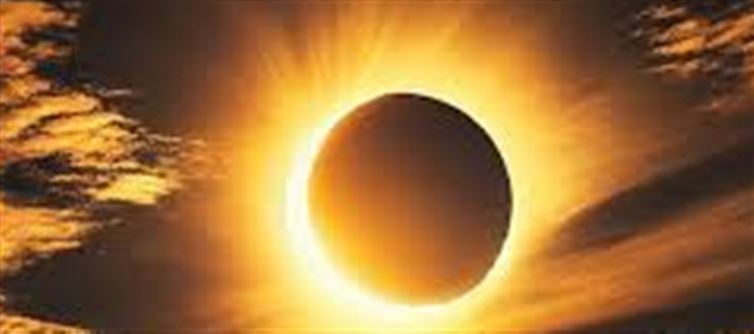
A spectacular celestial event is coming up on September 21, 2025 — a partial solar eclipse or Surya Grahan. While solar eclipses captivate sky-watchers worldwide, here’s what you need to know about this one and whether it will be visible in India:
1. What Is a Solar Eclipse?
A solar eclipse occurs when the Moon passes between the Earth and the Sun, partially or fully blocking the Sun’s light. This creates a shadow on Earth, visible as either a total, partial, or annular eclipse.
2. Type of Eclipse on september 21
The upcoming event is a partial solar eclipse, meaning the moon will cover only a portion of the Sun. Unlike a total eclipse, the sun will not disappear completely, but a crescent shape will be visible in affected regions.
3. Visibility in India
Unfortunately, this eclipse will be primarily visible in parts of the Southern Hemisphere. Major indian cities, including Delhi, Mumbai, and Bangalore, will not witness this eclipse directly. However, enthusiasts can watch online live streams from observatories or space agencies.
4. Timing of the Eclipse
For regions where it is visible, the eclipse will begin in the morning hours, peak around midday, and end by the afternoon. Exact timings vary depending on geographic location.
5. Safety Precautions
Never look directly at the sun, even during a partial eclipse. Solar viewing glasses or pinhole projectors are essential for safe observation. Avoid using cameras or phones without proper solar filters.
6. Astrological Significance
In indian astrology, solar eclipses are considered significant for spiritual practices, meditation, and rituals. Many believe it’s a time to reflect, cleanse negative energies, and avoid new ventures during the eclipse period.
7. How to watch from India
Although india won’t see it directly, you can:
Tune in to live streams from nasa or ISRO
Follow astronomy clubs’ online sessions
Use apps that provide real-time eclipse tracking and visuals
Bottom Line: The partial solar eclipse on september 21, 2025 is a spectacular event for sky-watchers, even if it won’t be visible in India. By taking safety precautions and following online streams, enthusiasts can still witness the awe-inspiring phenomenon safely from home.
Disclaimer:
The views and opinions expressed in this article are those of the author and do not necessarily reflect the official policy or position of any agency, organization, employer, or company. All information provided is for general informational purposes only. While every effort has been made to ensure accuracy, we make no representations or warranties of any kind, express or implied, about the completeness, reliability, or suitability of the information contained herein. Readers are advised to verify facts and seek professional advice where necessary. Any reliance placed on such information is strictly at the reader’s own risk..jpg)




 click and follow Indiaherald WhatsApp channel
click and follow Indiaherald WhatsApp channel